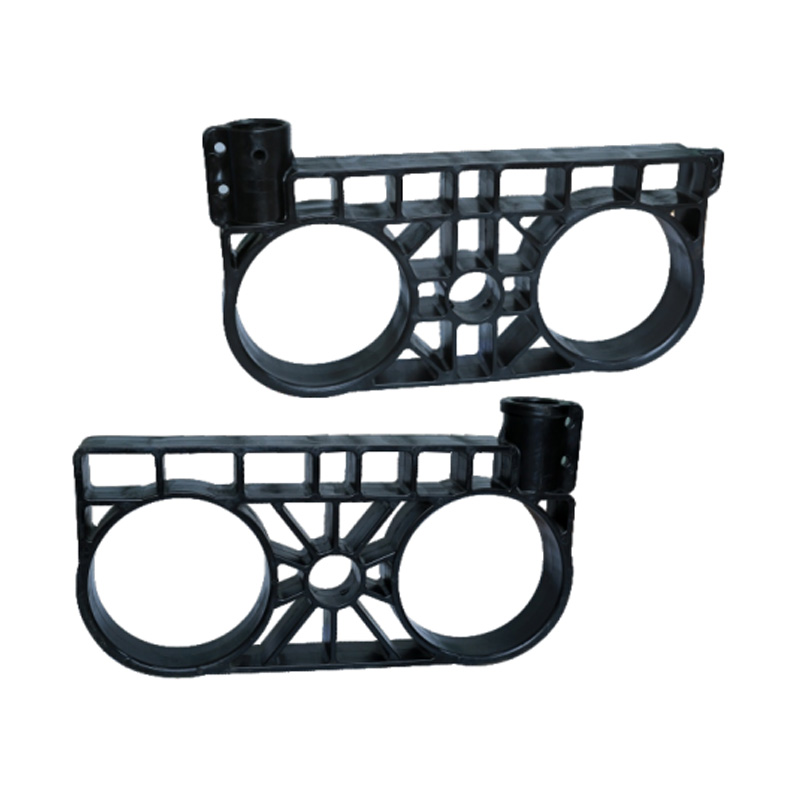Moreover, the circular shape of the cage bigs water circulation and oxygenation, creating an ideal environment for fish growth and health. The cage is equipped with access points such as hatches or zippered openings for easy feeding, monitoring, and harvesting of fish. Additionally, the modular design of the cage allows for customization and expansion to accommodate varying water depths and species requirements.
The adoption of the Recreational Circular Aquaculture Net Cage offers numerous benefits for hobbyists, enthusiasts, and small-scale aquaculturists. Firstly, its compact and portable design makes it suitable for installation in ponds, lakes, reservoirs, and even backyard water bodies. This accessibility allows individuals to engage in fish farming and aquaculture without the need for extensive infrastructure or specialized equipment.
Furthermore, the Recreational Circular Aquaculture Net Cage provides a controlled and secure environment for fish rearing, protecting them from predators, diseases, and adverse environmental conditions. The cage's floating design ensures stability and buoyancy, even in fluctuating water levels or adverse weather conditions. Additionally, the cage facilitates efficient feeding and management practices, promoting healthy growth and development of fish stocks.
Moreover, the modular and scalable nature of the cage allows for easy expansion and integration with existing aquaculture systems. Hobbyists and enthusiasts can gradually increase their production capacity or experiment with different fish species without significant investment or logistical challenges. Additionally, the cage's low maintenance requirements and durable construction ensure long-term reliability and performance.
The assembly of the Recreational Circular Aquaculture Net Cage is straightforward and can be completed with basic tools and equipment. Typically, the cage is delivered in pre-cut components or panels for easy transportation and assembly. Users can follow the provided instructions or guidelines to assemble the cage quickly and efficiently.
The assembly process typically involves connecting the frame components or panels using provided fasteners or connectors. Once the frame structure is assembled, the netting material is stretched and secured to create the cage enclosure. Any additional accessories such as access hatches, feeding tubes, or mooring lines can be installed as needed. Finally, the cage is anchored or tethered to the desired location in the water body using ropes, buoys, or anchor weights.
The Recreational Circular Aquaculture Net Cage finds a wide range of applications in recreational fish farming, education, research, and conservation efforts. It is commonly used for:
Backyard Fish Farming: Allowing individuals to raise and harvest their own fish for personal consumption or recreational purposes in backyard ponds, tanks, or water features.
Educational Programs: Providing hands-on learning opportunities for students, educators, and community groups interested in aquaculture, fisheries management, and environmental science.
Research and Development: Facilitating research projects and experiments related to fish behavior, nutrition, breeding, and environmental impact assessment in controlled aquatic environments.
Conservation Initiatives: Supporting efforts to restore, conserve, and protect native fish populations through captive breeding, stock enhancement, and habitat restoration projects.
Conclusion
The Recreational Circular Aquaculture Net Cage offers a practical, affordable, and accessible solution for individuals interested in small-scale fish farming and aquaculture. With its durable construction, modular design, and user-friendly features, it provides a versatile platform for recreational enthusiasts, educators, researchers, and conservationists to engage in fish rearing and aquatic activities.


